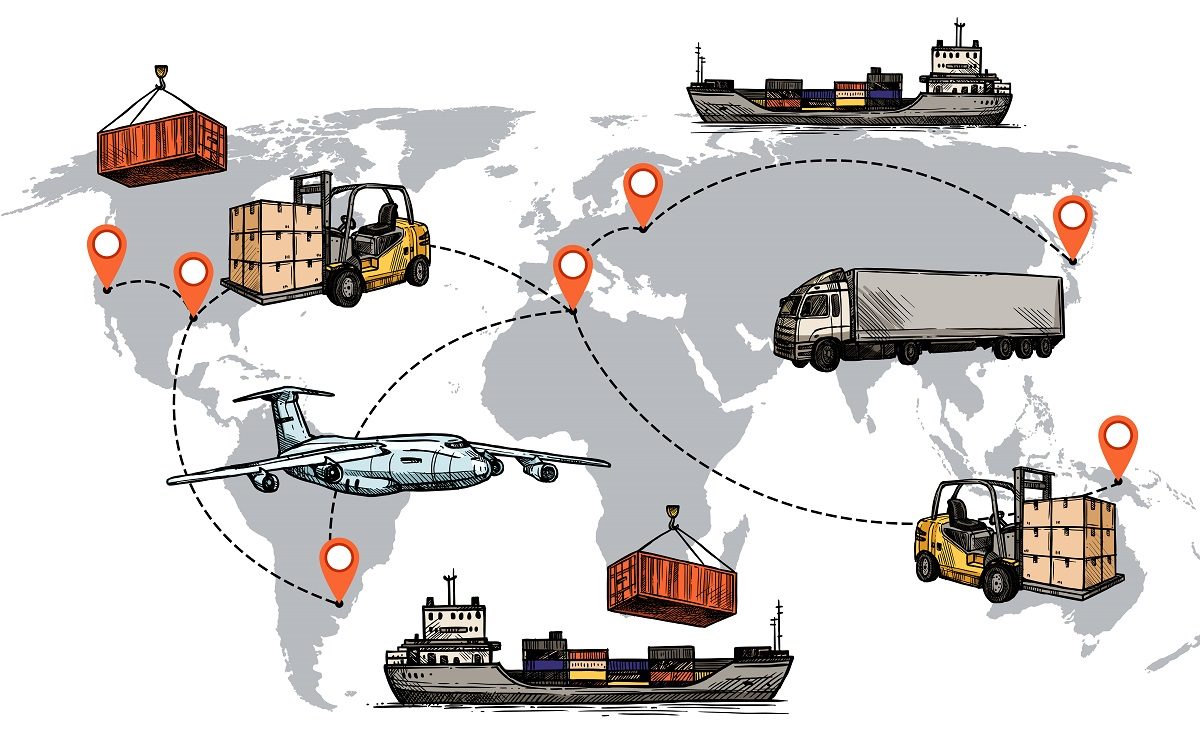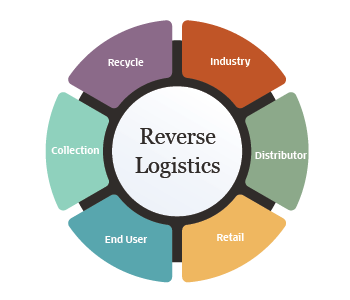Have you been looking for a way to eliminate the time-wasting worries of managing your company's fleet but don't know where to start? A transportation management system may be just what the doctor ordered.
What is a Transportation Management System?
A transportation management system (TMS) is a software application designed to streamline the process of shipping goods. A TMS can be used to plan and schedule shipments, track shipments, and optimize routes. A TMS can also provide visibility into the supply chain, helping shippers and logistics providers communicate and collaborate more effectively.

Image Source
Benefits of the TMS
Reduced Costs: A TMS can help you save money by optimizing your routes and improving your load planning.
Improved Efficiency: A TMS can automate many of the tasks associated with running a transportation operation, such as creating shipping documents, scheduling pickups, and tracking deliveries.
Real-Time Visibility: A TMS gives you visibility into the status of your shipments at all times. You can track where your shipments are when they will be delivered, and any delays or issues that may arise.
How To Decide On Which TMS For Your Company
There is no one-size-fits-all answer to the question of how to choose the best transportation management system (TMS) for your company. The decision depends on several factors, including the size and complexity of your business, your budget, and your specific needs.
Conclusion
A transportation management system can be a great tool for streamlining your business's shipping operations. By using a TMS, you can automate many of the tasks associated with managing your shipments, including quoting, booking, and tracking.
